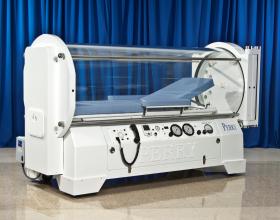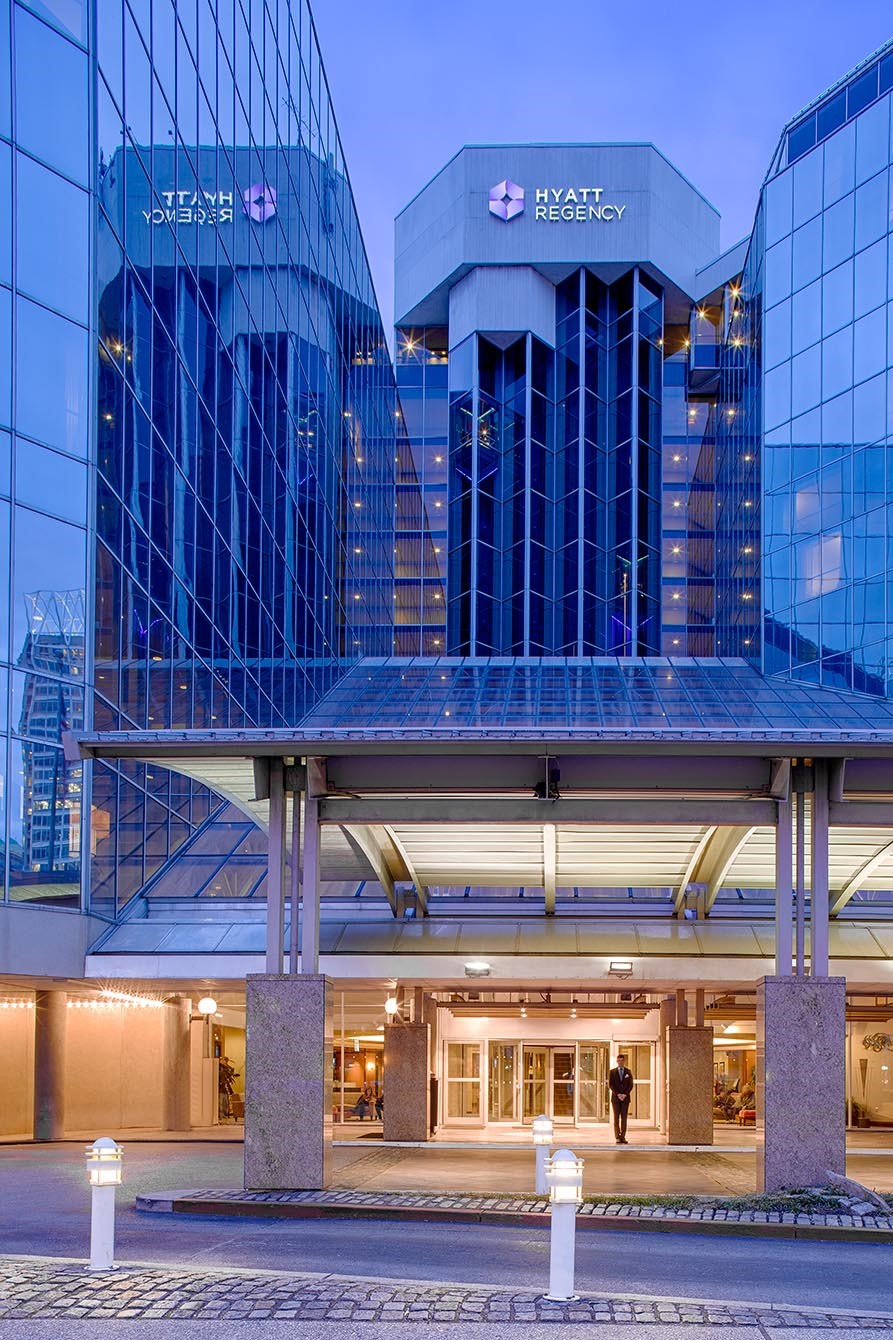
The 2018 Symposium on Hyperbaric Medicine
Click Here to view The 2019 Symposium on Wound Care and Hyperbaric Medicine
This course offers a comprehensive update, review and future practice of hyperbaric medicine, including oxygen physiology, and the physics and mechanisms-of-action for hyperbaric oxygen therapy (HBOT). Lectures include a review of the primary clinical indications for treatment, management of the patient undergoing hyperbaric therapy, and the future of HBOT. While focused on the basics of HBOT, this course is also an excellent educational opportunity for all health care professionals who want to expand their knowledge of HBOT.
There will be a continental breakfast, coffee, tea and water will be available all day, and a buffet lunch and snacks for the afternoon break. Please send an email to Jesse Birndorf if you have any dietary restrictions. [email protected]
 Click Here to view the 2018 Hyperbaric Symposium Brochure.pdf
Click Here to view the 2018 Hyperbaric Symposium Brochure.pdf
 Click Here to view the 2018 Symposium on Hyperbaric Medicine - Agenda.pdf
Click Here to view the 2018 Symposium on Hyperbaric Medicine - Agenda.pdf
Pricing
| Standard Cost | ||
|---|---|---|
| Physicians, DPM, Specialists | $175.00 | |
| PA / NP / RN / Medical Students | $100.00 |
CANCELLATION POLICY
Cancellations must be made in writing to CEME at [email protected]. Refunds, less a $50 processing fee, are provided if cancellation occurs prior to March 2, 2018.
Target Audience
This course has been designed to meet the educational needs of physicians, PA’s, NP’s, RN’s and other health care professionals involved in treating patients where hyperbaric medicine is recommended. This includes all health professionals that are involved in wound care.
Learning Objectives
- Explain the physiology and mechanisms of action of hyperbaric oxygen therapy (HBOT)
- Determine the primary clinical indications for hyperbaric oxygen
- Assess the risks, benefits, and contraindications for HBOT
- List the mechanism of acute and chronic radiation tissue injury
- List the most commonly involved tissues that manifest radiation injury
- Discuss the work up needed prior to starting adjunctive hyperbaric oxygen therapy for patients with radiation tissue injury
- List the common causes of gas embolism
- Describe the most common signs and symptoms of a gas embolism
- List the appropriate treatment of a gas embolism
- List why infected tissues becomes hypoxic
- Understand why infected hypoxic ischemic tissues causes acute life and limb threatening infections or severe chronic / refractory infections
- Understand the anti-inflammatory, anti-infective potentials of HBOT and list a number of reasons why treatment with HBOT can be of value in infective hypoxic disorders
- List the most common “flesh eating bacteria” associated with Necrotizing Soft Tissue Infection (NSTI) and the pathophysiology of its necrotizing character
- Describe the most common signs and symptoms of NSTI
- List the appropriate treatment of NSTI
- Have better knowledge of the current state of the art for hyperbaric medicine and how it benefits many wound care patients
- Discuss the treatment guidelines
- Evaluate patients and conduct treatment to the approved clinical indications
- Discuss with their clinical colleagues the appropriate approach to patient care in hyperbaric and wound care situations
- Use a multi-disciplinary approach to hyperbaric patient care
- Demonstrate knowledge and competence in the clinical setting
- Discuss new indications for hyperbaric medicine and implement them in their clinical practices
- Understand the different types of auditors and the key aspects to be aware of with each, what are the most important reimbursement compliance practices and implement fundamental practices for prevention and detection of audits

Available Credit
- 8.00 AMA PRA Category 1 Credits™
- 8.00 Certificate of Participation

 Facebook
Facebook Twitter
Twitter LinkedIn
LinkedIn Forward
Forward